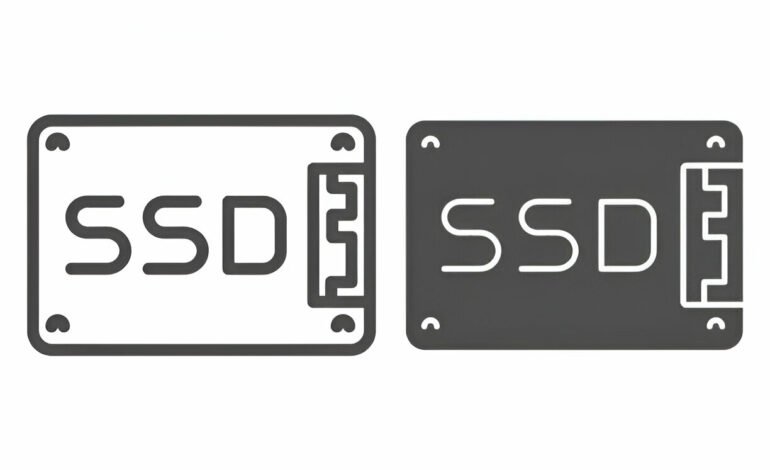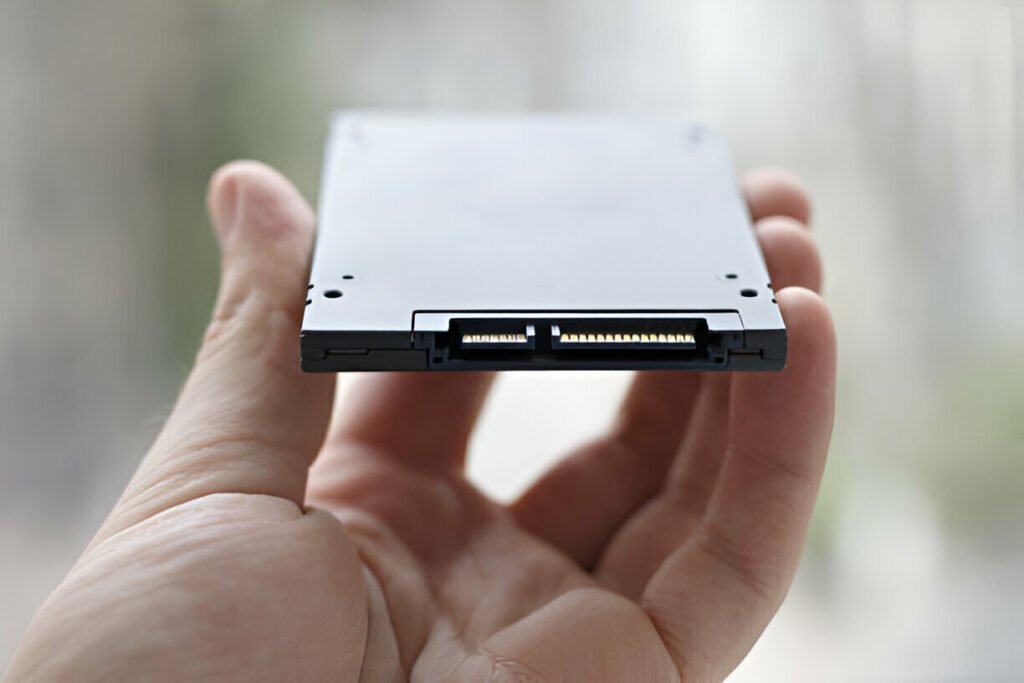
SSD Lifespan Explained: Here’s How to Check Your Drive’s Health
Solid State Drives (SSDs) have become the go-to storage option for many due to their speed and reliability. However, like all hardware, SSDs have a limited lifespan. Understanding how long your SSD will last and how to check its health can help you prevent data loss and ensure your system runs smoothly. In this guide, we’ll explain the lifespan of SSDs and show you how to monitor your drive’s health effectively.
Understanding SSD Lifespan
SSDs store data on flash memory chips, which can be written to and erased a limited number of times. This limitation is known as the drive’s write endurance. Manufacturers often specify an SSD’s lifespan in terms of Total Bytes Written (TBW) or Drive Writes Per Day (DWPD).

Factors Affecting SSD Lifespan
Several factors influence an SSD’s lifespan, including:
- Usage Patterns: Frequent writing and deleting data can shorten lifespan.
- Temperature: High operating temperatures can accelerate wear and tear.
- Capacity: Higher capacity SSDs generally have a longer lifespan due to more available memory cells.
Why SSDs Wear Out
SSDs wear out because each write operation degrades the flash memory cells slightly. Over time, repeated writing and erasing can cause these cells to fail. Modern SSDs use wear leveling algorithms to distribute writes evenly across the memory, extending the drive’s life.
Signs Your SSD Might Be Failing
Watch out for these signs that your SSD might be nearing the end of its life:
- Slow Performance: A noticeable slowdown in read/write speeds.
- Frequent Crashes: System crashes or blue screens can indicate drive issues.
- Read-Only Mode: The SSD becomes read-only, preventing any new data from being written.
- File Errors: Corrupted files or frequent error messages when accessing data.
How to Check SSD Health
Regularly checking your SSD’s health can help you spot potential issues before they lead to data loss. Here are some methods to check your drive’s health:
Using Built-in Tools
Most SSDs come with built-in tools that can provide health information:
- Windows: Use the “Optimize Drives” tool and “CHKDSK” command.
- Mac: Use the “Disk Utility” to check the drive’s status.
Third-Party Tools for Monitoring SSD Health
Several third-party tools can provide detailed health reports for your SSD:
- CrystalDiskInfo: A free tool for Windows that provides a comprehensive health overview.
- Smartmontools: An open-source tool for Windows, Mac, and Linux to monitor and analyze SMART data.
- Samsung Magician: Specifically for Samsung SSDs, offering health checks and optimization features.
Interpreting SMART Data
Self-Monitoring, Analysis, and Reporting Technology (SMART) is a system built into SSDs that monitors various health attributes. Key SMART attributes to watch include:
- Reallocated Sectors Count: Indicates failing memory cells replaced with spare ones.
- Wear Leveling Count: Shows the average wear of the memory cells.
- Power-On Hours: Total operational hours of the SSD.
Best Practices to Extend SSD Lifespan
Here are some tips to help extend the life of your SSD:
- Enable TRIM: TRIM commands help optimize the performance and lifespan of SSDs by cleaning up unused data blocks.
- Avoid Overfilling: Keep some free space on your SSD to allow the wear leveling algorithms to work effectively.
- Minimize Write-Intensive Tasks: Avoid unnecessary write operations, such as frequent file downloading or heavy database usage.
Backing Up Your Data
Regular backups are crucial to protect your data from drive failure. Use cloud storage, external hard drives, or dedicated backup software to keep your data safe.
Replacing Your SSD
If your SSD shows signs of failure, it’s essential to replace it promptly. Choose a high-quality SSD with a good warranty and higher write endurance to ensure a longer lifespan for your next drive.





